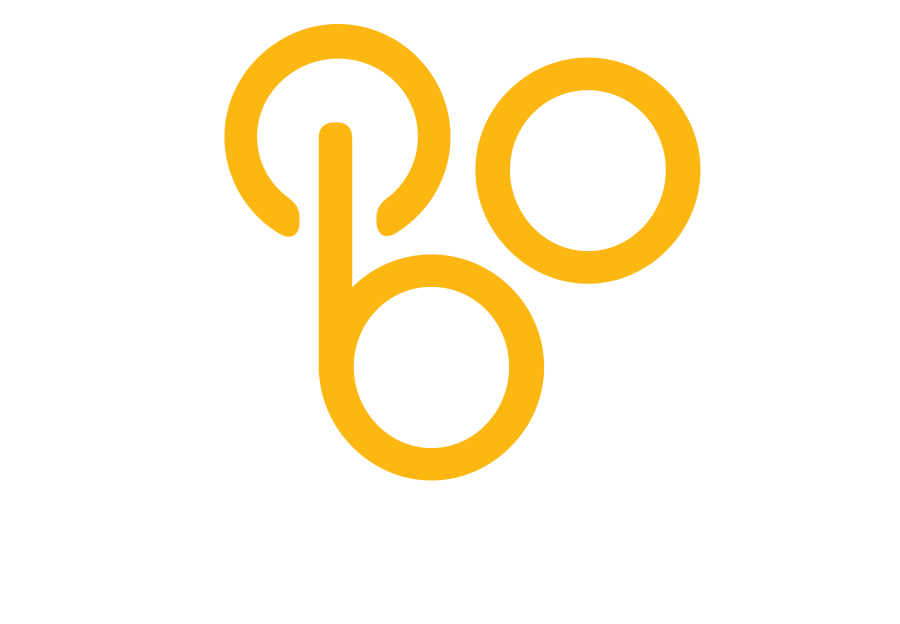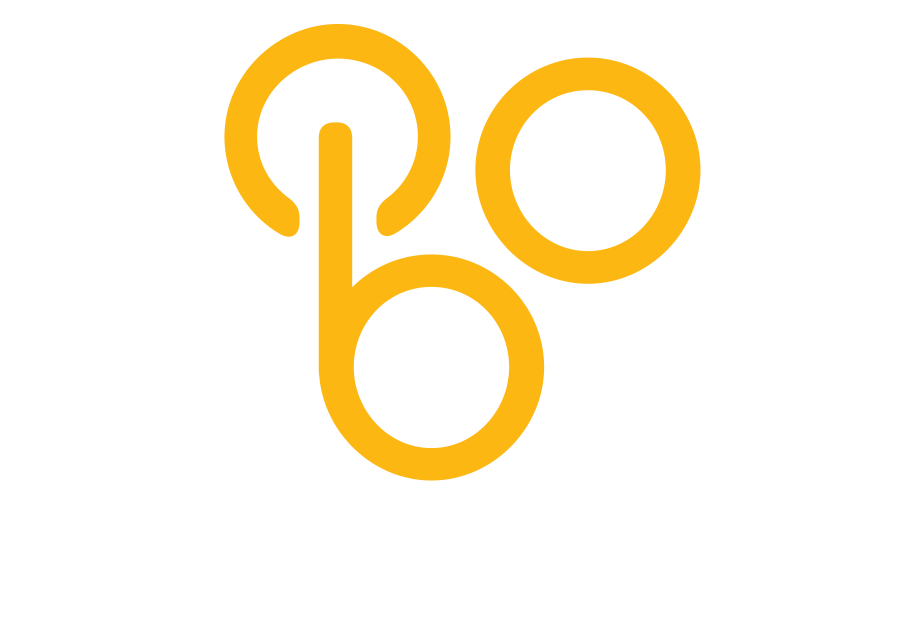
Building a real relationship with your customer base is essential to keeping them as a life long customer. Utilizing a chatbot is a new way for interaction.
Chatbots will replace mobile apps. Chatbots will replace email marketing. Chatbots will replace customer care agents. Chatbots will cut your costs and increase your revenue. And they’re gonna do it all while you sleep.
There’s a lot of hype floating around right now about chatbots in general, and Facebook Messenger bots in particular. It’s no surprise that, according to a survey by Oracle, 80 percent of businesses want a chatbot in place by 2020.
Can bots really do everything they promise? It’s still early days. In the meantime, here are some real world examples and best practices to give you a firm footing in this new landscape.
Basically, a chatbot is a piece of automated messaging software that uses AI to converse with people.
Bots are programmed to understand questions, provide answers, and execute tasks. From a customer’s perspective, they’re a friendly and accessible time-saver. Rather than opening an app (let alone downloading one), making a phone call (ew), running a search, or loading a webpage, your customer can just type a message, like they would to a friend.
Chatbots have been around in some form for decades, and currently they exist on webpages, in apps, on social media—you name it.
A Facebook Messenger bot is a chatbot that lives in Facebook Messenger, meaning it converses with some of the 1.3 billion people who use Facebook Messenger every month.
If you’re on Facebook, you probably already have a Facebook Messenger strategy. A Facebook Messenger bot is how you scale that strategy.
As of the 2018 F8 conference, Facebook has 300,000 active Messenger bots. That’s three times as many as the year prior.
At the heart of chatbot technology lies natural language processing or NLP, the same technology that forms the basis of the voice recognition systems used by virtual assistants such as Google Now, Apple’s Siri, and Microsoft’s Cortana.
Chatbots process the text presented to them by the user (a process known as “parsing”), before responding according to a complex series of algorithms that interprets and identifies what the user said, infers what they mean and/or want, and determine a series of appropriate responses based on this information.
Some chatbots offer a remarkably authentic conversational experience, in which it’s very difficult to determine whether the agent is a bot or a human being. Others are much easier to spot (much like the T-600 series of murderous robots in the popular Terminator sci-fi action movies):
Although chatbot technology is distinctly different from natural language processing technology, the former can only really advance as quickly as the latter; without continued developments in NLP, chatbots remain at the mercy of algorithms’ current ability to detect the subtle nuances in both written and spoken dialogue.
This is where most applications of NLP struggle, and not just chatbots. Any system or application that relies upon a machine’s ability to parse human speech is likely to struggle with the complexities inherent in elements of speech such as metaphors and similes. Despite these considerable limitations, chatbots are becoming increasingly sophisticated, responsive, and more “natural.”
We have many chatbot scripts for each market to optimize the onboarding of new perspective clients. Be sure to ask about it on our chat bot.



